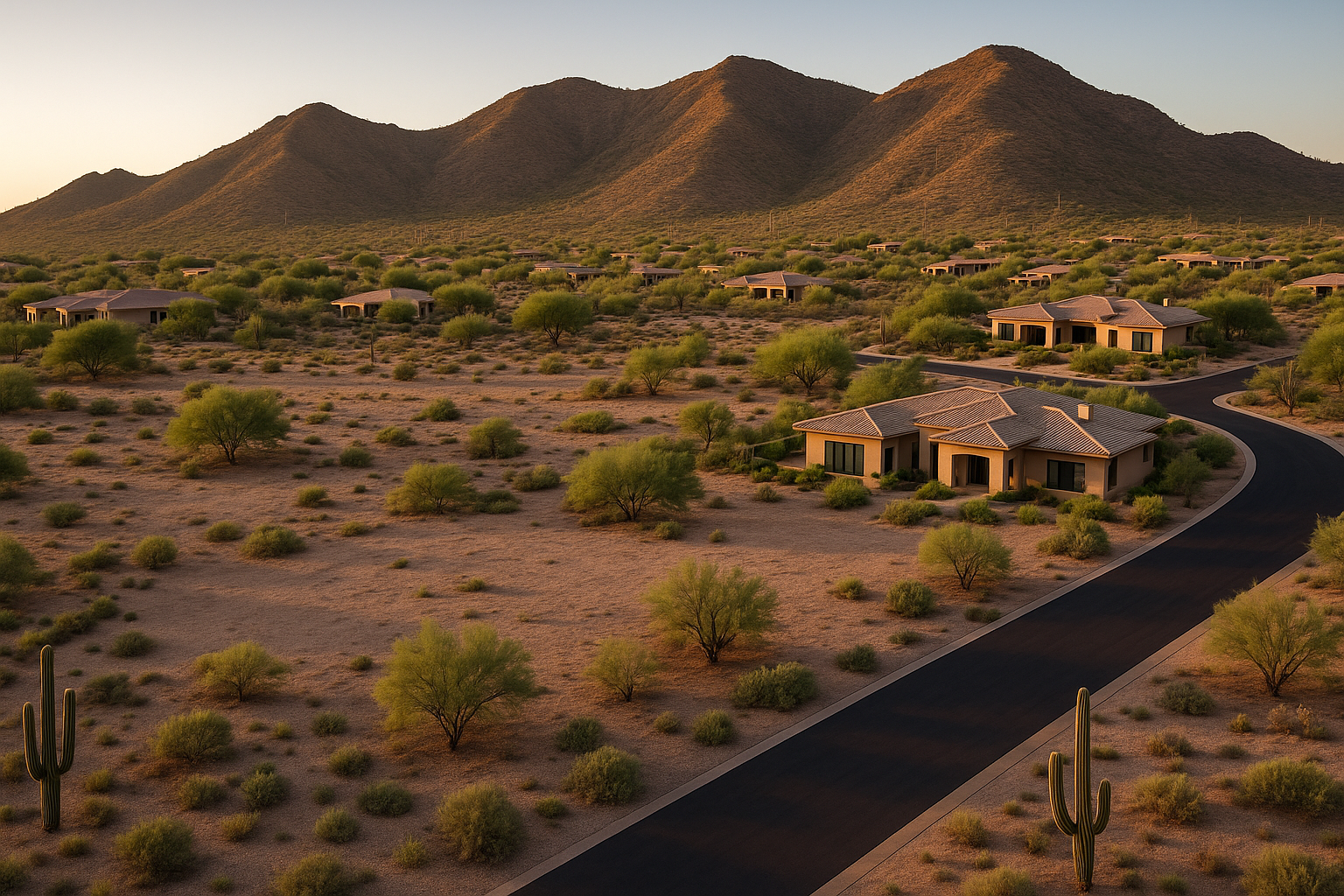
You’ve got a piece of land. You’ve got ideas. Maybe a house. A rental. A tiny home. A container setup. A little off-grid dream.
But before you draw up plans, call a builder, or start buying materials, hit pause and ask:
“Am I even allowed to build here?”
Zoning is where we start. But it’s not just about letters on a map—it’s about what’s actually allowed on that specific parcel.
Let’s break it down.
Zoning is the rulebook that says what you can (and can’t) do on a piece of land.
Counties and cities divide areas into zones like:
RU-43 (Rural Residential)
AR (Agricultural Residential)
MH (Mobile Home)
C-1, C-2 (Commercial)
I-1, I-2 (Industrial)
Each zone has its own do’s and don’ts—how big your structure can be, what types of homes are allowed, if you can run a business, and so on.
Use the county GIS or zoning map to find your parcel’s zoning label (like RU-43 or SR).
Go to your county or city planning website and pull the zoning ordinance.
Search your specific zoning type to see:
Allowed uses (single-family, mobile home, accessory dwelling unit, etc.)
Setback rules (how far structures must be from property lines)
Minimum lot size
Building height limits
Special rules for guest houses, sheds, RVs, and more
💡 Every zone has its own rules. RU zoning in Pinal ≠ RU zoning in Yavapai.
Even if the zoning looks good, overlays can change the game. Look out for:
Floodplain restrictions
Hillside or scenic overlays
HOA rules or CC&Rs
Airport or utility easements
Ask the planning department:
“Is there anything on this parcel that overrides the base zoning?”
Once you’ve reviewed the zoning ordinance, call or email the planning & zoning office and ask:
“Can I build a [your idea] on this parcel?”
“Are there any known limitations or overlays I should know about?”
“Is a site plan or pre-application meeting recommended?”
They’ll often tell you things the ordinance doesn’t clearly spell out.
This is where things get tricky.
Some rural zones allow RV camping—but only temporarily
Some counties allow tiny homes as long as they’re on a foundation
Off-grid builds (with solar + septic) are often allowed—but need permits
HOAs and deed restrictions can override everything and say “no”
👉 Always confirm with the county and check for private restrictions recorded with the deed.
Zoning is one thing. But knowing how it applies to your specific land? That’s where I come in.
Inside the Land Clarity Blueprint, I:
Identify your zoning type
Break down what it allows (in plain English)
Check for overlays, easements, or restrictions
Help you figure out your next move—build, hold, or sell
⚠️ Disclaimer: I’m not a county planner or attorney. I guide you through public data, documents, and county tools so you can make informed decisions before committing to a build or project.
Just because the land is yours doesn’t mean you can do anything with it.
Zoning, overlays, and local rules can shut your project down before you pour a single foundation.
The good news?
Zoning isn’t meant to be a mystery—it just needs translation. And that’s what I do.